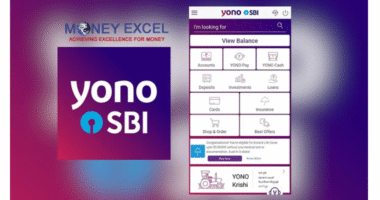The Old Age Pension Scheme in India is a vital support system for the elderly citizens who have contributed to the nation’s growth during their working years. Taking care of senior citizens is a social responsibility, and the government of India has introduced various pension schemes to ensure the financial well-being of the elderly population.
One such important scheme is the Old Age Pension Scheme, also known as the National Social Assistance Program (NSAP). It is a welfare program designed to provide financial assistance to senior citizens living below the poverty line. The scheme aims to guarantee a minimum level of financial security to the elderly and enable them to meet their basic needs in their twilight years.
To apply for the Old Age Pension Scheme in India, eligible individuals need to follow a set of steps to avail themselves of the benefits. Below is a detailed guide on how to apply for the Old Age Pension Scheme:
Eligibility Criteria:
1. The applicant must be a resident of India.
2. The applicant must be 60 years of age or above.
3. The applicant should belong to a BPL (Below Poverty Line) family as per the criteria set in the respective state government’s guidelines.
4. The applicant should not be receiving any other pension or financial assistance from the government.
Application Process:
1. Visit the nearest District Social Welfare Office or the concerned local authority designated for pension distribution.
2. Collect the Old Age Pension Scheme application form from the office or download it from the official government website.
3. Fill in the application form carefully with accurate details such as name, address, age, Aadhaar number, bank account details, income proof, and other required information.
4. Attach the necessary documents such as Aadhaar card, age proof, residence proof, income certificate, and bank account passbook copy along with the application form.
5. Submit the completed application form along with the supporting documents to the concerned authorities.
Verification and Approval:
1. The submitted application will undergo verification by the respective department to ensure that the applicant meets all the eligibility criteria.
2. Upon successful verification, the application will be approved, and the applicant will start receiving the pension amount directly in their bank account.
3. The approved pension amount may vary from state to state and is generally disbursed on a monthly basis.
Important Points to Note:
1. Keep a photocopy of the application form and all the submitted documents for future reference.
2. Ensure that all the details provided in the application form are accurate and up to date.
3. In case of any changes in the bank account or other details, inform the authorities promptly to avoid any payment delays.
4. Stay updated with any changes or announcements regarding the Old Age Pension Scheme through government notifications or official channels.
In conclusion, the Old Age Pension Scheme in India plays a crucial role in ensuring the social security and well-being of elderly citizens who are in need of financial assistance. By following the steps mentioned above and fulfilling the eligibility criteria, eligible individuals can apply for and benefit from this welfare program to lead a dignified life during their old age. The government’s continued support through such schemes reflects its commitment to providing care and support to the elderly population, underscoring the importance of social welfare in building a more inclusive society.





